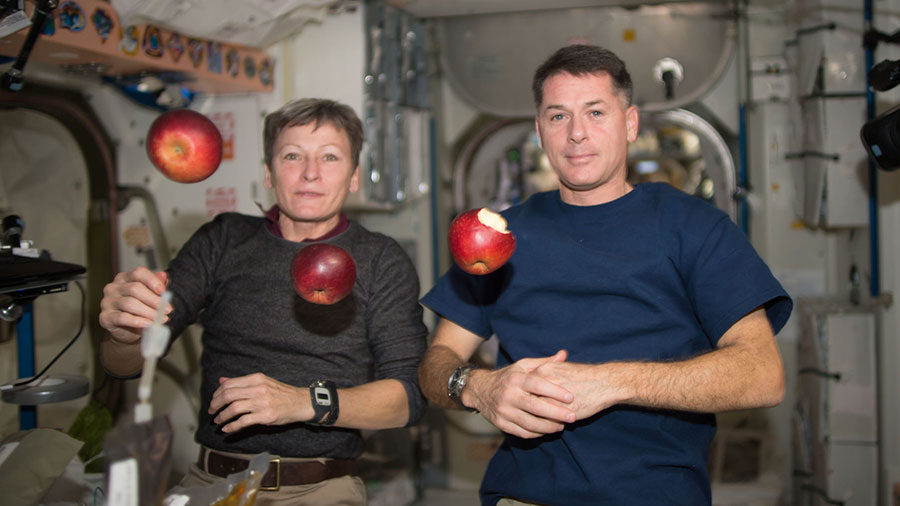
Human research was the main science focus aboard the International Space Station today. The Expedition 64 crew members also worked on spacesuit maintenance.
The space-exposed human nervous system may impact how an astronaut grips and manipulates objects during a mission. NASA Flight Engineers Michael Hopkins and Victor Glover participated in the GRIP study today that could help engineers and doctors develop better spacecraft interfaces and treat neurological conditions on Earth.
Glover also checked out components on safety jetpacks that an astronaut would use in the unlikely event a spacewalker became untethered from the space station. NASA Flight Engineer Shannon Walker worked during the afternoon on batteries that keep U.S. spacesuit life support systems powered during spacewalks.
NASA Flight Engineer Kate Rubins tried on the experimental AstroRad radiation protection vest during the afternoon testing it for fit and comfort while working. Flight Engineer Soichi Noguchi of JAXA (Japan Aerospace Exploration Agency) serviced the Cell Biology Experiment Facility, an incubator that cultivates cells and plants for research, throughout the day.
Exercise research is also important as flight surgeons learn to maximize the effects of a crew member’s workout to account for the lack of gravity. Cosmonauts Sergey Ryzhikov and Sergey Kud-Sverchkov strapped sensors to themselves and jogged on the Russian treadmill on Wednesday. Data will be sent down to doctors to review how a cosmonaut’s body adjusts to working out in space.


